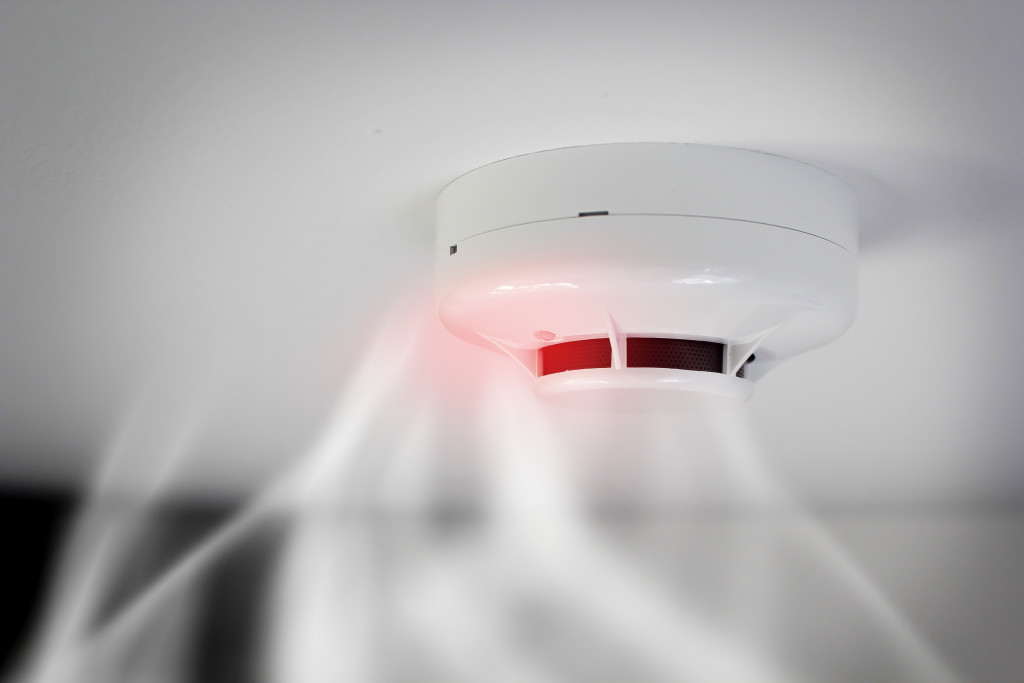It’s always important to be aware of the various health threats that may be present in your home. From dangerous chemicals to allergens, you need to watch out for a number of things. Your family’s health is your responsibility, so make sure you know what to look for. Here are some of the most common health threats in the home and some tips on how to deal with them.
1. Asbestos
Asbestos is a mineral that was once used in various construction materials. Homes built before the 1980s are more likely to contain asbestos in the insulation, flooring, or walls. While it is not dangerous if left undisturbed, the material can be lethal if it becomes airborne, as it can be inhaled and cause lung cancer. Some home improvement projects can release asbestos into the air, so it’s essential to have your home checked for the presence of asbestos before starting any work.
If you suspect your home may contain asbestos, it’s best to have it professionally removed by a trained contractor. They will have the necessary equipment to remove and dispose of the material properly and safely. You can usually find a list of certified asbestos removal contractors in your area from your local health department. Ask them about the proper removal procedures to ensure your home is safe.
2. Lead
Paint that contains lead was commonly used in homes before 1978. If your home was built before that time, there is a chance that the paint may be contaminated with lead. Lead poisoning can occur if the paint chips or becomes airborne, which can be particularly dangerous for children.
Traces of lead can also be found in soil, so it’s important to avoid using any old paint that may contain the toxin. You can have your home tested for lead by a certified inspector who can advise you on the best way to remove any contaminated materials. There are also EPA-certified residential painting services that can safely remove lead-based paint from your home.

3. Mold
A fungus that can grow in damp, dark areas, mold is a common problem in many homes. While it is not necessarily harmful, mold can cause allergic reactions and respiratory problems. It can also cause structural damage to your home if left unchecked. You can usually spot mold by its musty smell, often appearing as black or green patches on walls or ceilings.
Mold thrives in humid environments, so keeping your home well-ventilated is essential. You should also regularly clean areas prone to mold growth, such as the bathroom and kitchen. If you find mold in your home, you can usually remove it with diluted bleach. However, if the problem is severe, you may need to call a professional mold remediation service.
4. Carbon Monoxide
Certain gases can be dangerous if they build up in your home. Carbon monoxide is a colorless, odorless gas that faulty appliances or a blocked chimney can produce. If inhaled, carbon monoxide can cause headaches, dizziness, and even death.
That’s why having a carbon monoxide detector in your home is essential. These devices will sound an alarm if the gas reaches dangerous levels, allowing you to ventilate the area and call for help if necessary. It would be best to have your appliances checked and serviced regularly to ensure they are not producing carbon monoxide. Common culprits include furnaces, water heaters, and dryers.
5. Radon
Radon is another gas found in homes and is the leading cause of lung cancer in nonsmokers. The gas is produced when uranium breaks down in the soil, and it can seep into your home through cracks in the foundation. Radon levels are highest in the winter when homes are sealed up tight to keep out the cold.
You can have your home tested for radon, and there are various ways to reduce the gas level if it is present. One standard method is to install a vent pipe that will release the gas outdoors. You can also seal any cracks in your foundation to prevent radon from entering your home. Because radon is a severe health hazard, taking action is vital if you suspect it may be present in your home.
6. Pests
Pests can still be a nuisance in your home and may even pose a health hazard. While most pests are simply annoying, some can carry diseases that harm humans. Common household pests include cockroaches, rats, mice, and termites. They can enter your home through cracks in the foundation or openings around doors and windows.
You can usually keep pests under control by regularly cleaning your home and sealing up any cracks or openings where they might enter. You can also use traps or baits to catch and kill pests. You may need to call a professional exterminator if you have a severe pest problem.
You can find many potential health hazards in your home. While some are simply annoying, others can seriously threaten your health. That’s why it’s essential to be aware of the potential hazards and take steps to avoid them. By taking some simple precautions, you can make your home safer for you and your family.




